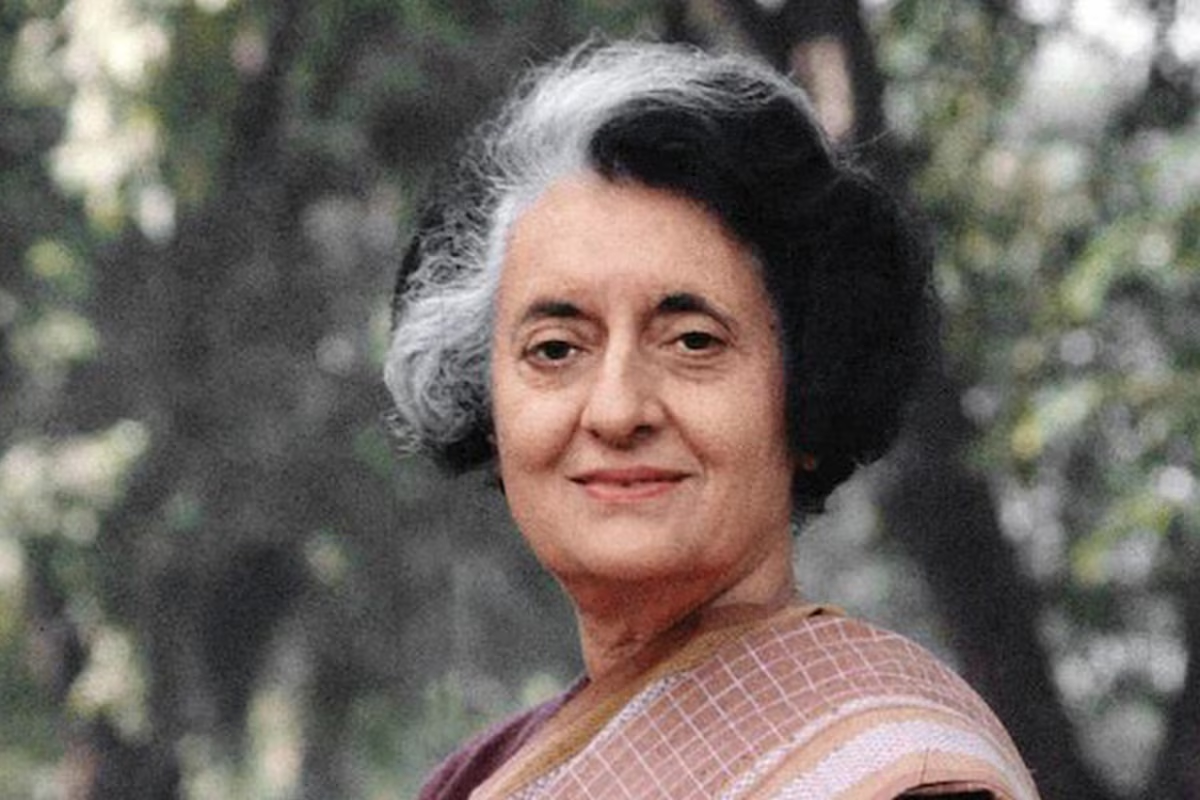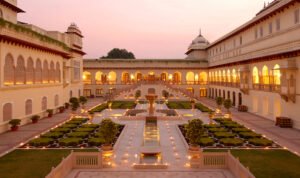Among the most influential and complex figures in Indian history, Indira Gandhi stands tall as a symbol of strength, determination, and political will. As India’s first and only woman Prime Minister, she led the country through some of its most challenging times and left behind a powerful legacy that continues to shape India’s political landscape.
Early Life and Political Upbringing
Born on November 19, 1917, in Allahabad, Indira Priyadarshini Nehru was the daughter of Jawaharlal Nehru, India’s first Prime Minister. Growing up in a politically active household during the freedom struggle, Indira was deeply influenced by her father’s ideals and leadership.
Educated in India, Switzerland, and later at Oxford University, she was intelligent, curious, and fiercely independent from a young age. Her political journey began early — first as a supporter of her father’s government, and later as the President of the Indian National Congress in 1959.
Becoming Prime Minister
After the death of Lal Bahadur Shastri in 1966, Indira Gandhi became the Prime Minister of India. Many thought she would be a puppet in the hands of senior Congress leaders, but she soon proved them wrong. With bold decisions and a strong personality, she emerged as one of the most authoritative leaders in Indian history.
Key Achievements and Major Decisions
Indira Gandhi’s leadership was marked by both progress and controversy. Her decisions changed the course of Indian history in many ways:
Green Revolution: She supported agricultural reforms that helped make India self-sufficient in food grain production, reducing dependency on foreign aid.
Nationalization of Banks (1969): A major economic reform aimed at bringing banking services to rural India and increasing government control over credit.
Victory in 1971 War & Creation of Bangladesh: Under her leadership, India supported East Pakistan in its struggle for independence. The resulting war led to the creation of Bangladesh and a decisive victory for India. This earned her immense popularity and the title “Durga” from political opponents.
Pokhran Nuclear Test (1974): India conducted its first successful nuclear test under her watch, showcasing India’s scientific capabilities and asserting its sovereignty on the global stage.
The Emergency (1975–77): A Controversial Chapter
One of the most debated periods of Indira Gandhi’s tenure was the Emergency, declared on June 25, 1975. In response to growing political opposition and a court ruling challenging her election, she suspended constitutional rights, censored the press, and arrested many political opponents.
While her supporters viewed it as necessary for national stability, critics saw it as an attack on democracy. The Emergency remains one of the darkest chapters in Indian political history, and a turning point in her legacy.
Return and Assassination
After losing the 1977 election due to public backlash, Indira Gandhi made a dramatic political comeback in 1980, returning as Prime Minister with renewed public support.
Her second term, however, was marked by growing unrest in Punjab, where the demand for a separate Sikh state led to Operation Blue Star in 1984. Indian troops entered the Golden Temple to flush out militants — a decision that, while militarily successful, deeply hurt Sikh sentiments.
On October 31, 1984, she was assassinated by her own Sikh bodyguards in retaliation, triggering widespread anti-Sikh riots in the aftermath.
Legacy: The Woman Who Redefined Power
Indira Gandhi’s life was filled with bold decisions, political battles, and moments of glory and grief. She redefined the role of women in Indian politics and proved that leadership knows no gender. Whether admired or criticized, she remains one of the most powerful and unforgettable figures in Indian history.
“You cannot shake hands with a clenched fist.” – Indira Gandhi
Her legacy lives on — in books, speeches, and in the impact of the decisions she took as a leader who changed the face of Indian democracy.









